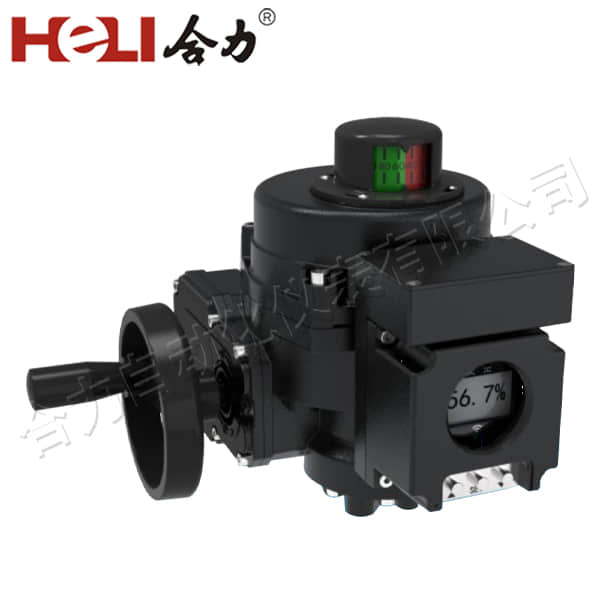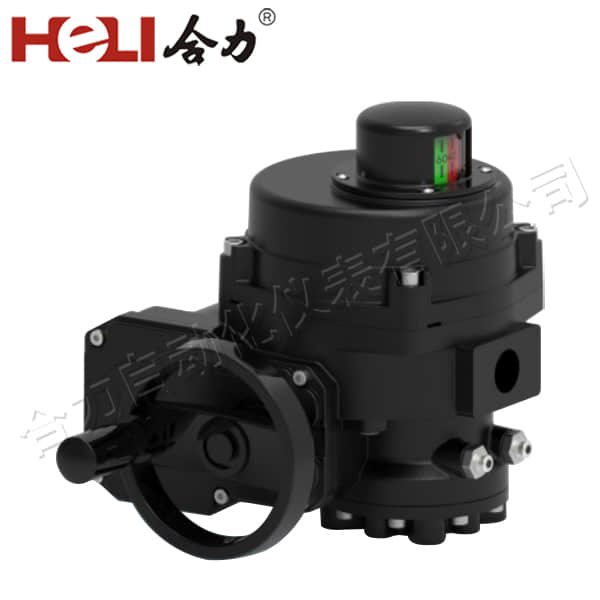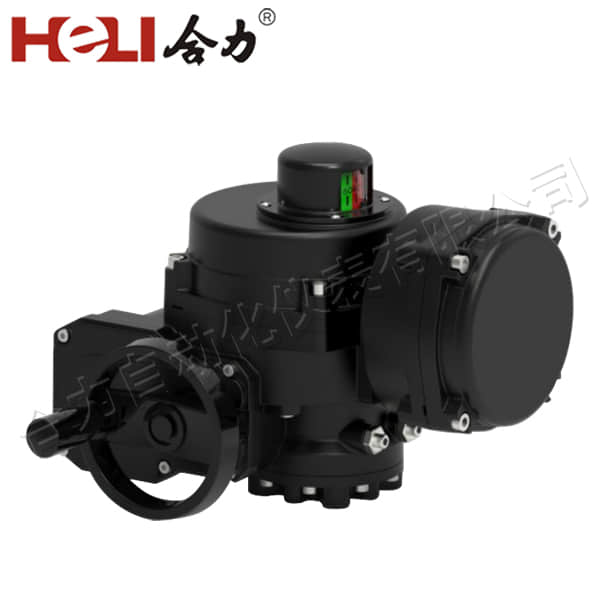In the realm of modern industrial automation, the electric actuator stands as a pivotal component, driving various machines and systems towards optimized performance and precision. This electrically powered device converts electrical signals into mechanical motion, enabling precise control over various industrial processes.

The electric actuator operates on the principle of converting electrical energy into mechanical energy. It consists of a motor, a transmission mechanism, and a control unit. The motor, typically a servo motor or a stepper motor, provides the necessary torque and speed to drive the actuator. The transmission mechanism converts the rotary motion of the motor into linear motion, allowing the actuator to move a load or perform a specific task. The control unit, on the other hand, regulates the actuator’s motion based on the incoming electrical signals.

The significance of the electric actuator in industrial automation is multifaceted. Firstly, it enhances the precision and accuracy of industrial processes. With its ability to respond quickly and precisely to electrical signals, the actuator can accurately position and move loads, ensuring consistent and repeatable results. This is crucial in applications such as packaging, assembly, and material handling, where precision is paramount. Secondly, the electric actuator contributes to improved efficiency and productivity. By automating tasks that were previously performed manually, the actuator reduces human intervention and eliminates the potential for human error. This not only saves time and labor but also reduces the risk of accidents and injuries. Additionally, the actuator can operate continuously without the need for breaks or pauses, further increasing overall productivity.
